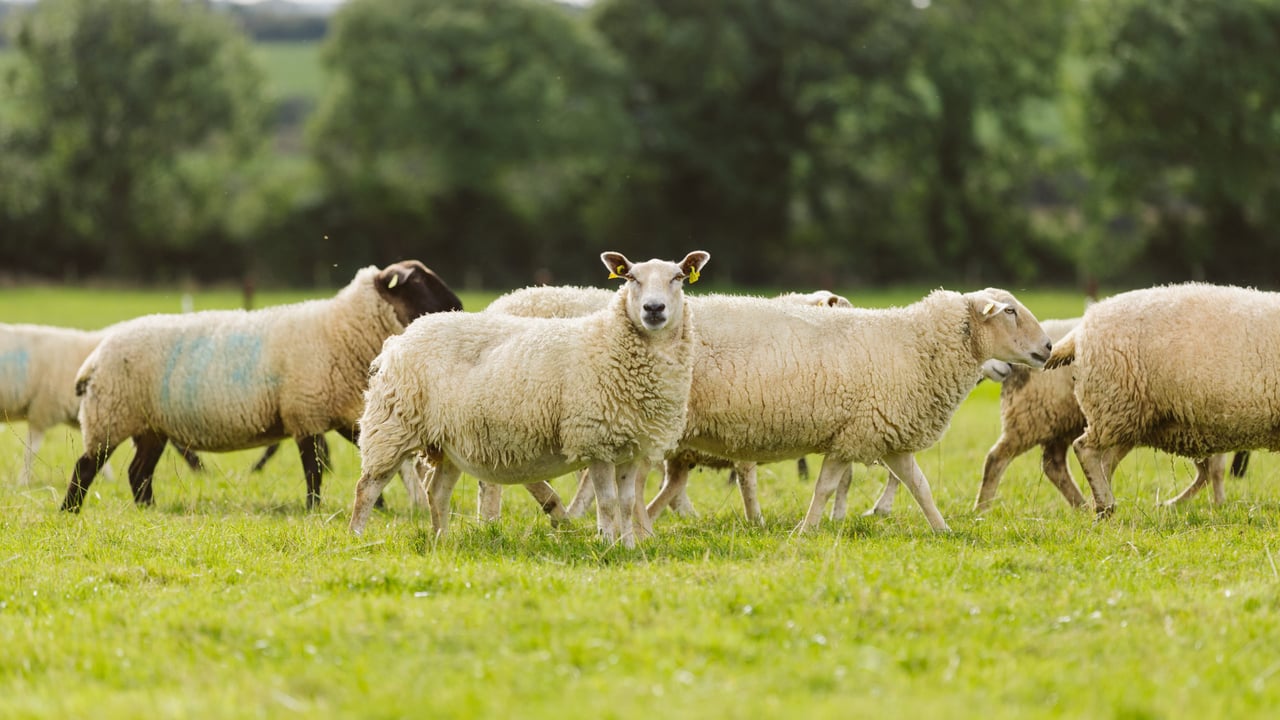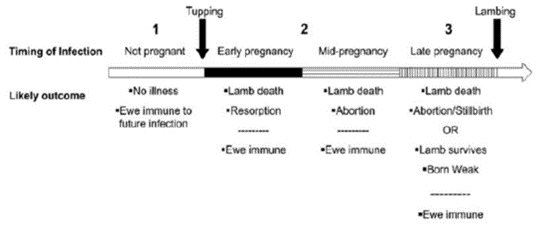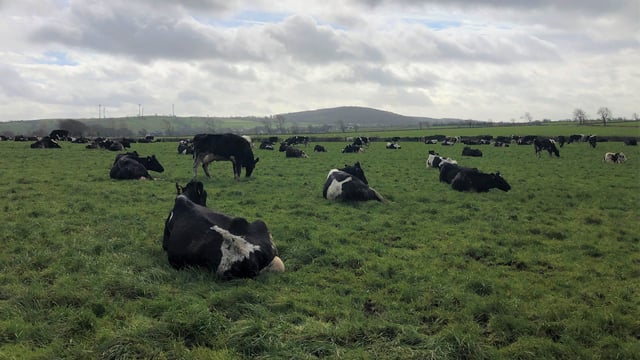Sponsored Article

Sponsored Article
Act in time to control abortion in your sheep flock
Sponsored Article

Ewe productivity, defined as the number of lambs weaned/ewe, has a major impact on breeding flock profitability.
Enzootic abortion of ewes (EAE) and toxoplasmosis remain the top two causes of sheep abortion in Ireland, accounting for approximately two fifths of all aborted samples submitted to the Regional Veterinary Laboratories.
Both EAE and toxoplasmosis are zoonotic (meaning they can spread to and cause disease in humans) and can pose a risk to the unborn child; such is the reason pregnant women are advised to avoid contact with sheep - especially at lambing time.
Although often discussed in the same conversation, the two diseases are quite different.
Watch the video below for more information on how to control both diseases.
EAE is caused by a bacteria named Chlamydophila abortus. It enters a flock through purchase of replacement ewes or lambs which are latently infected carriers of the disease.
There is no reliable diagnostic way to identify such carriers. Spread within a flock occurs at lambing time from sheep to sheep through infected lambing fluids. Abortions most commonly occur in the last two to three weeks of pregnancy.
As one would expect with spread occurring at lambing time, the initial outbreak in a flock may result in a small number of abortions in the first year of introduction of infection, with the potential for a storm of over 30% abortions the following year.
Toxoplasmosis is caused by a parasite called Toxoplasma gondii. The main source of infection for sheep is environmental (feed, bedding, pasture etc.) contamination with cat droppings containing infectious parasite eggs.
Unlike EAE, toxoplasmosis does not spread from ewe to ewe.
Young cats pick up the infection by eating infected prey (rats, mice etc.). They shed millions of infected eggs in their droppings until they become immune approximately eight days later and, after this time, they no longer pose a risk of infection.
The timing of infection of the ewes (or lambs) determines the outcome of disease as displayed in the timeline below.
Long-term control of both EAE and toxoplasmosis centres around vaccination. Enzovax and Toxovax are commercially available vaccines to control EAE and toxoplasmosis respectively.
Both vaccines can be given to replacements from five months of age up to four weeks pre-tupping with Enzovax and three weeks pre-tupping with Toxovax.
Both vaccines can be administered on the same day at two separate sites. Initially, the whole breeding flock should be vaccinated and thereafter, in most flocks, only replacements require vaccination.
Rams are not a risk factor for spread in either disease and do not need to be vaccinated.
As with all vaccination programmes, discuss correct use and timing with your practising vet. Do you want to learn more about sheep health? Watch MSD Animal Health’s Sheep Health Video Series here.
By Sarah Campbell, ruminant vet manager, MSD Animal Health
Sponsored Article







